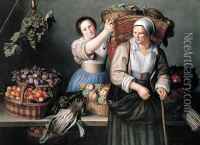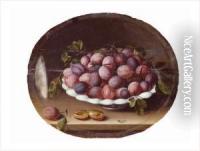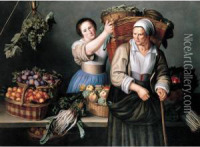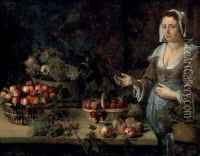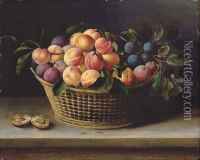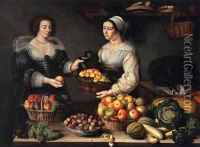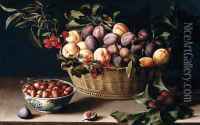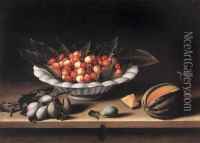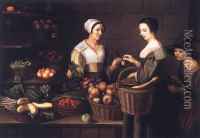Louise Moillon Paintings
Louise Moillon was a French Baroque era painter, particularly noted for her still-life works. Born in Paris in 1610, Moillon emerged as one of the most prominent still-life painters of her time, especially during the 1630s. She came from an artistic family; her father was a painter and art dealer, and her stepfather was also a painter and played a significant role in her artistic training. Despite the limitations placed on women in the arts during the 17th century, Moillon was able to achieve considerable success and recognition for her work.
Her paintings often depicted fruits, and she was particularly adept at capturing their texture and lushness, which earned her the title of 'the French Fede Galizia,' after the Italian painter known for similar works. Moillon's compositions were typically balanced and serene, with a clear light illuminating the subjects, enhancing their form and color. Her style reflects the influence of Flemish still-life painters, as well as the French tradition of the time.
Although Moillon's career slowed down after her marriage to a wealthy timber merchant in 1640, she still continued to paint and sell her works. After her marriage, she also became involved in the Protestant community, which might have influenced her decision to paint less. Moillon's work was highly valued during her lifetime, and she sold paintings to French nobility and possibly even English royalty.
Louise Moillon's legacy is significant as she is regarded as one of the leading still-life painters of her generation. Her works can be found in various museums and galleries worldwide, including the Louvre in Paris. Despite the challenges of her era, Moillon's artistic talent and dedication to her craft have ensured that she remains an important figure in the history of art.
